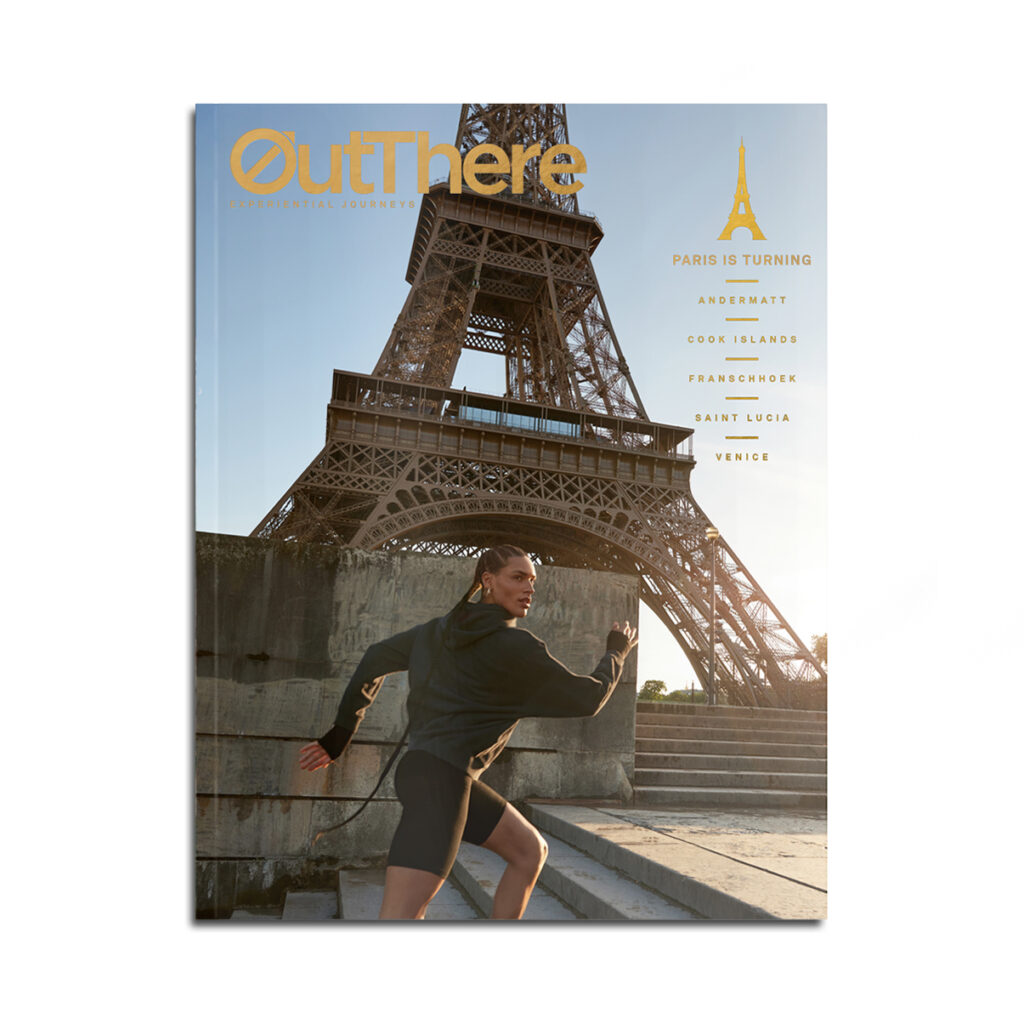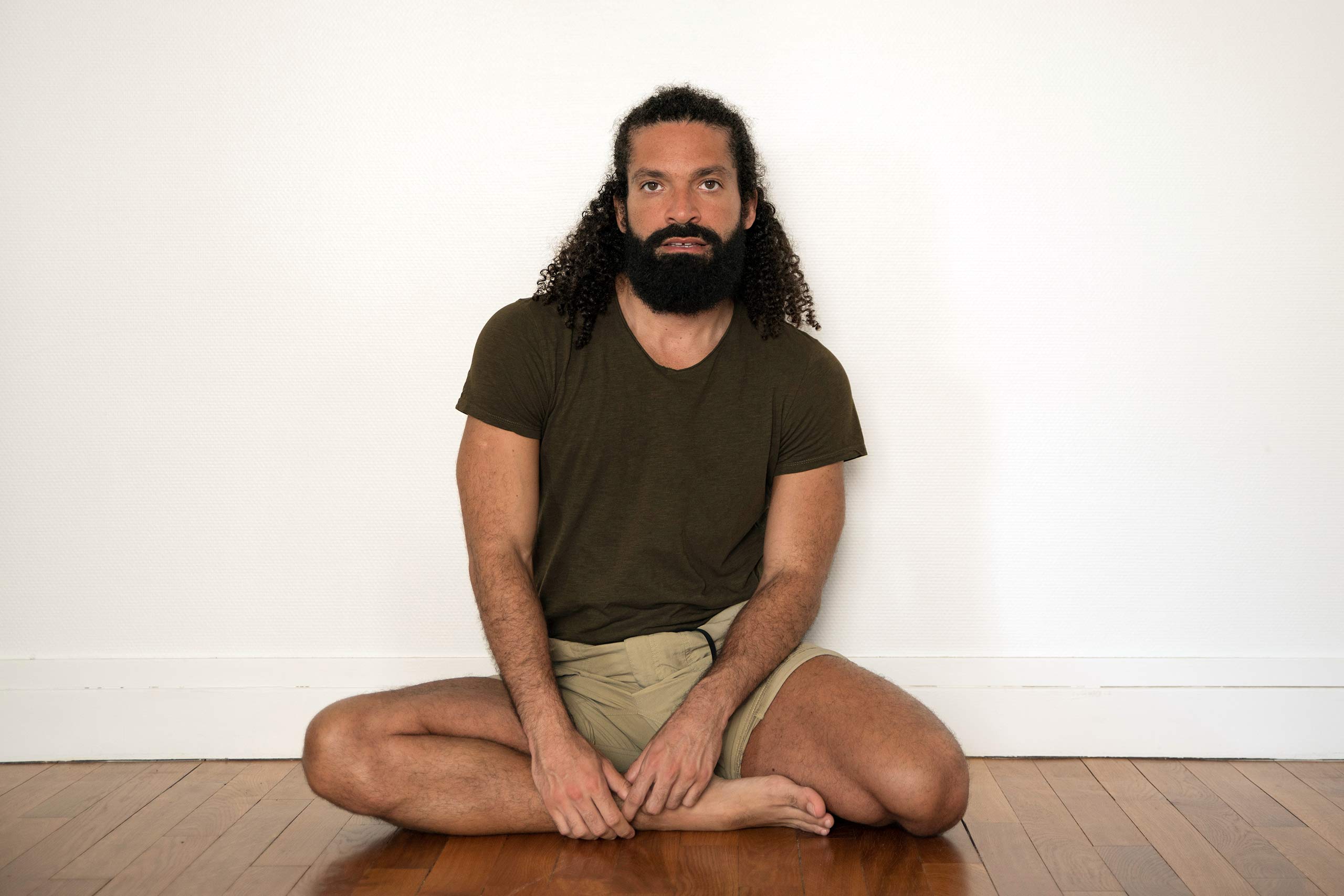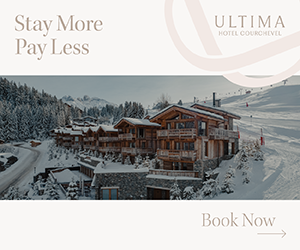A dancer, model and culture aficionado, Miguel De Sousa stems from Salvador, Brazil, but he’s made his home in Paris. For OutThere, he retraces the steps that took him to the French capital – and shares why he loves it so much.
I love Paris because it’s so plural. There’s so much different stuff going on here. And it’s a big city, with a big population, in a small space. That means we’re all on top of each other, confronted with each others’ realities. There isn’t a lot of space for us to be isolated, and so we learn to coexist. Its scale also means you can get between different places quickly, and do a lot of different things in one day. It’s very walkable. I like its rhythm, its fast pace calms me because it’s the same rhythm I have inside.
Within dance, I’ve seen Paris’ pluralism bring new diversity and open up new possibilities. You used to hear people say ballet is the base for everything, that without ballet, you can’t be a dancer. Things are a lot more open now, so many styles coexist and influence each other and you see artists from very different backgrounds working together and creating new fusions all the time. Voguing, too, has become massive here in recent years and played a part. I think it’s very enriching. There’s an amazing cultural centre in the 19th called CENTQUATRE-PARIS. They have exhibitions there, theatre, concerts, but what I like most is that lots of people go there to practise dance, or take classes, in this huge, open warehouse-like space, and they can all kind of feed off what they see each other doing. It’s like a physical manifestation of how plural the performing arts world is here now.
I first came to Paris on a student exchange, as part of my university course, when I was studying dance in Salvador, Brazil, where I’m from. When I finished my course, I auditioned for another here, with the hip hop dance school Juste Debout, and came back. That was in 2012, and I’ve lived here ever since.

This story first appeared in The Paris is Turning Issue, available in print and digital.
Subscribe today or purchase a back copy via our online shop.
I hadn’t had any training until I was 18, I’d just learned choreography I saw on TV and sometimes practised with friends, I loved how free it made me feel. So when I came to Paris, I was hungry to learn, and took every class I could. I trained mainly in hip-hop, contemporary and Afro-Brazilian, and those are mostly what I do still, but I also took ballet, jazz, and house dance.
And I’ve found Paris has allowed me to do so many different things. I’ve spent years with a contemporary dance company, danced in music videos, in TV ads, done shows for kids, fashion work, and been in cabaret. I’ve also choreographed, and last year I made my own short film, Nós, which I’m currently working on getting into festivals. I danced too in Jacques Audiard’s movie Emilia Perez, which stars Zoe Saldaña and Selena Gomez and won the Jury Prize at Cannes, and was one of 153 dancers in a huge collaborative piece, Chiroptera, with the Opéra National de Paris on a monumental vertical frame in front of the Palais Garnier.
It’s a beautiful city, too, of course. I love walking the Coulée verte René-Dumont, a 4.5km raised linear park from the Opéra Bastille to the Bibliothèque Nationale de France in the 12th. It’s a special way to see the city, even in winter. I also love the naturist zone they opened a few years ago in the Bois de Vincennes. For six months of the year, you can now go and hang out naked, legally, in a Paris park, in a clearing in the woods.
What I like about the queer scene here is that there’s room for everyone, for all the tribes, and the tribes even connect, sometimes. Venues that identify as queer or lesbian tend to be more intersectional and politicised than places which call themselves ‘gay’ – the bar La Mutinerie near Centre Pompidou is a good example. There’s racism and homophobia here, of course, as in any city, but the minority communities are big and visible enough that you can thrive within them. I live in Goutte d’Or in the 18th, which is considered a sketchy area, but I’ve never been called out in my neighbourhood, even if I go out in a crop top or a dress. I actually love the area, it hasn’t been gentrified – yet – and again, is very plural in terms of communities, with lots of North African, West African and Indian people, and amazing markets and locals’ restaurants – a favourite is Les Trois Frères, which does an amazing couscous. Plus, it’s hilly, and that’s great for my quads.
Photography by Pierre Barbrel. As told to Rupert Mellor



